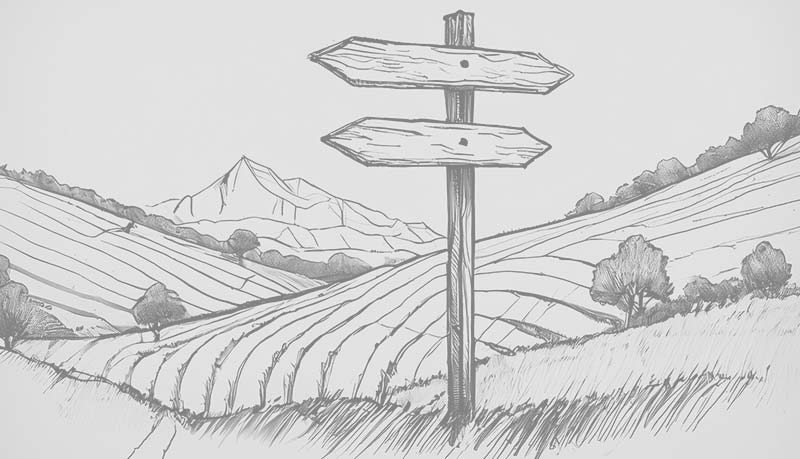Big mountains, bigger flavor. Argentina stretches from sun-baked desert to icy Patagonia, and that range shows up in the glass—juicy Malbec, high-altitude whites with snap, cool-climate Pinots, and a lively aperitivo scene (yes, fernet and cola). If you want ripe fruit with freshness and real value, this is your lane.
What makes it special
- The Andes effect: Snowmelt irrigation, intense sun, and cool nights = ripe grapes with bright acidity.
- Serious altitude: Vineyards soar from 2,000 to 10,000+ feet, especially in Salta and the Uco Valley.
- Clear regional personalities that make shopping easy—Mendoza power, Uco precision, Patagonia elegance.
Grapes and styles to know
- Malbec (Mendoza, Luján de Cuyo, Uco Valley): Blackberry, plum, violet, cocoa; from plush and velvety to mineral and taut at higher altitudes.
- Cabernet Sauvignon & Cabernet Franc: Cassis, mint, graphite; Franc brings floral lift and spice.
- Bonarda (Douce Noir): Juicy black cherry, soft tannin—awesome slightly chilled.
- Syrah: Peppery and dark in the north; riper and rounder in warmer zones.
- Pinot Noir (Patagonia—Río Negro, Neuquén, Chubut): Red cherry, rose, silky texture.
- Torrontés (Salta/Cafayate): Jasmine, citrus, stone fruit; aromatic but usually dry.
- Chardonnay (Uco & Patagonia): Citrus, white peach, chalk; oak used with a light hand.
- Sparkling: Traditional-method bottles with green apple, lemon, and brioche.
Regions at a glance
- Mendoza: Argentina’s engine—Malbec from plush (Luján de Cuyo) to mineral (Uco).
- Uco Valley (Paraje Altamira, Gualtallary, La Consulta): Altitude = precision, florals, and stony structure.
- Salta/Cafayate: Sky-high vineyards; Torrontés with perfume and snap, concentrated reds with spice.
- Patagonia (Río Negro, Neuquén, Chubut): Cool-climate Pinot, Chardonnay, and crisp, lower-alcohol styles.
- La Rioja/San Juan: Sunny value lanes for generous, fruit-forward wines.
Beyond wine
- Fernet con Coca: The national highball—bittersweet, herbal, and strangely perfect with ice.
- Vermouth culture: Citrusy, herb-led pours over ice with an orange slice.
- Beer: Easy lagers and a growing craft scene from Bariloche to Buenos Aires.
- Gin/Whisky (niche): Patagonian botanicals in gin; malt-led whiskies emerging.
Flavor snapshot
Blackberry, plum, violet, cocoa, and a dusting of Andean spice in reds; lime, peach, jasmine, and chalky minerality in whites. Sparkling brings green apple and fine mousse. Aperitivos lean citrus-herbal and refreshing.
Pairing playbook (veg-forward)
- Malbec/Cabernet: Mushroom asado, chimichurri potatoes, roasted peppers, aged cheeses.
- Cabernet Franc/Patagonia Pinot: Herb-roasted mushrooms, beet salad, tomato pasta.
- Torrontés/Chardonnay: Empanadas de humita (corn), grilled zucchini, ceviche-style veg.
- Sparkling: Fries, provoleta-style cheese, salty snacks.
- Fernet/Vermouth: Olives, nuts, orange-fennel salad.
Buying tips
- Want plush fruit? Luján de Cuyo Malbec.
- Crave lift and minerality? Uco Valley (look for Paraje Altamira or Gualtallary).
- Aromatic but dry? Torrontés from Salta/Cafayate.
- Cool-climate elegance? Patagonia Pinot/Chardonnay.
- Value red for pizza night? Bonarda—pop it with a light chill.
- Label cues: Reserva/Gran Reserva often means extra selection and barrel time.
Serving notes
- Whites/Sparkling 45–50°F
- Pinot/Bonarda (light chill) 55–60°F
- Malbec/Cabernet/Syrah 60–65°F; brief decant helps
- Vermouth/Fernet highballs well-chilled over ice with citrus
Bottom line
Argentina delivers sun-ripened flavor with mountain poise. From mineral Uco Valley Malbec to jasmine-bright Torrontés and elegant Patagonian Pinot, you get clarity, value, and bottles that make weeknight dinners feel special.
FAQs
1) Is all Malbec heavy and oaky?
No. High-altitude Malbec (Uco Valley) can be fresh, floral, and mineral. If you prefer plush, aim for Luján de Cuyo; if you want tension, pick Uco subzones.
2) Is Torrontés sweet?
It smells floral, but most styles are dry. Expect jasmine and citrus with a crisp, clean finish.
3) Where should I start if I’m new to Argentina?
Grab a Uco Valley Malbec for structure, a Salta Torrontés for aromatic white, and a Patagonia Pinot Noir for a cool-climate red. You’ll taste the range fast.





